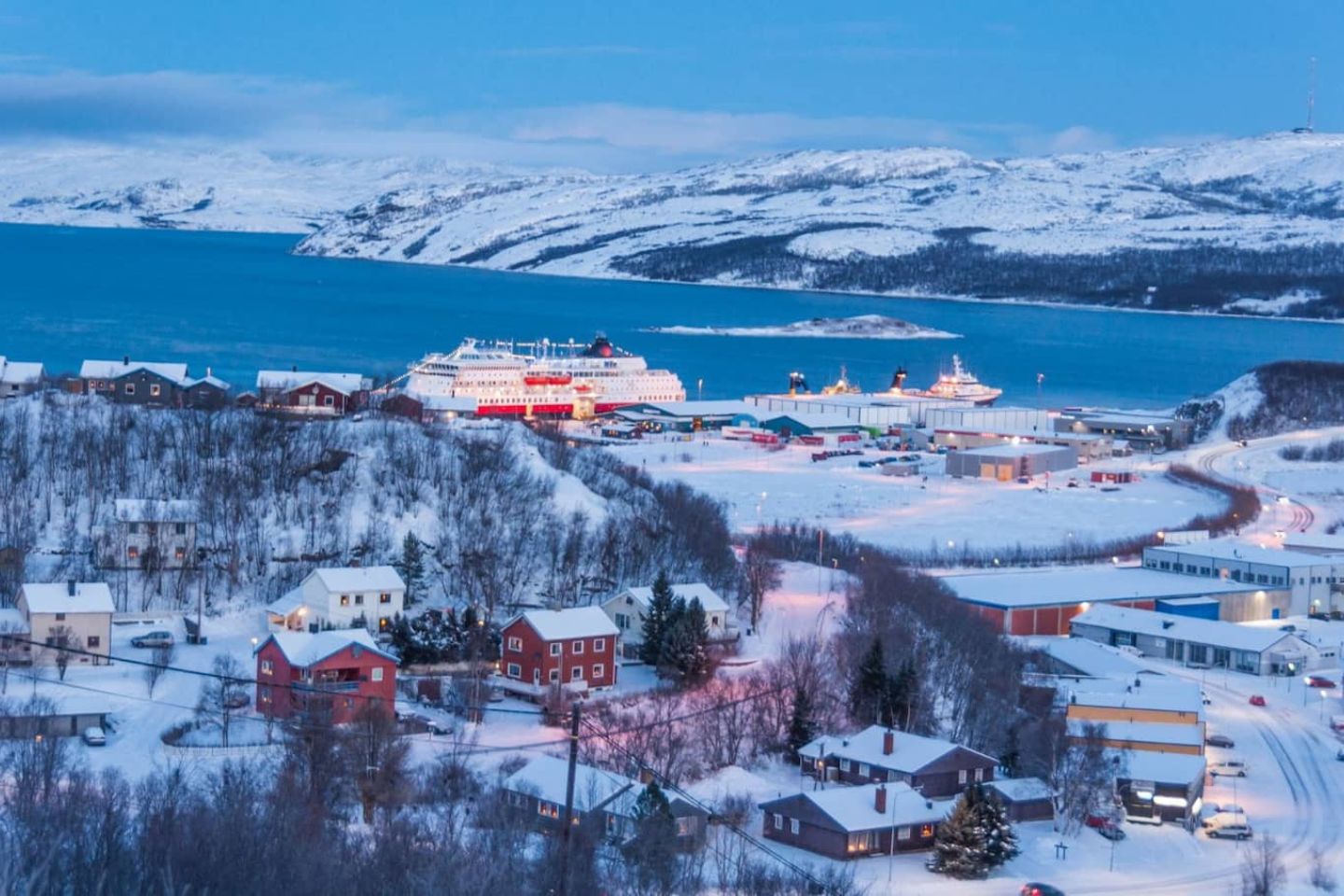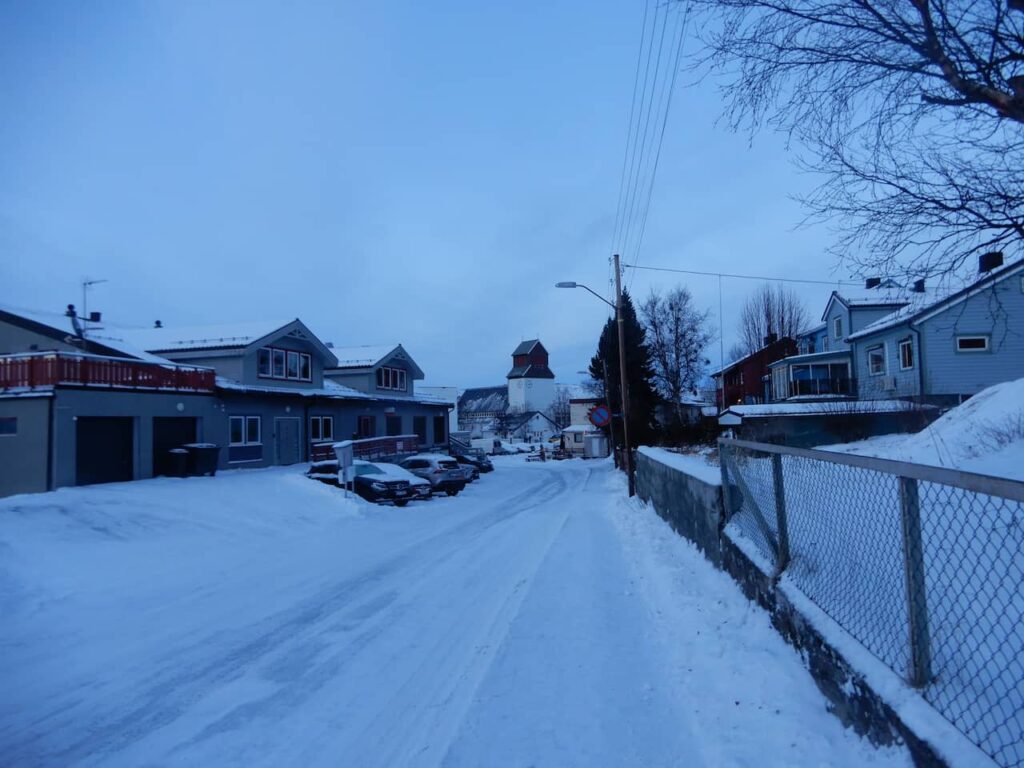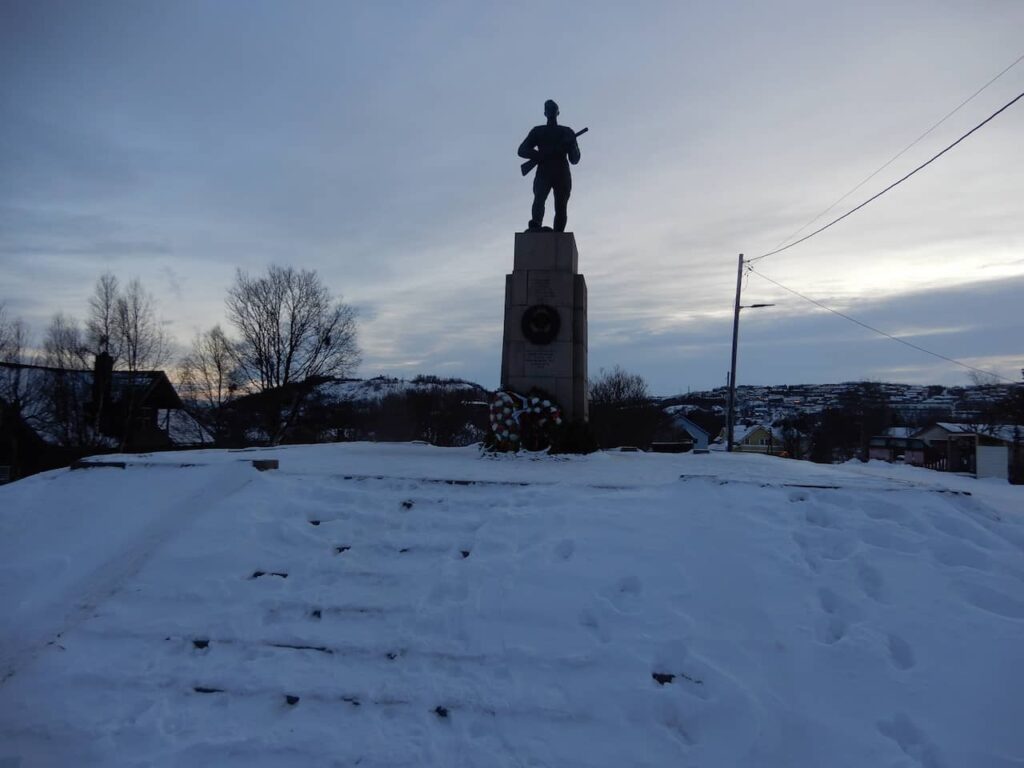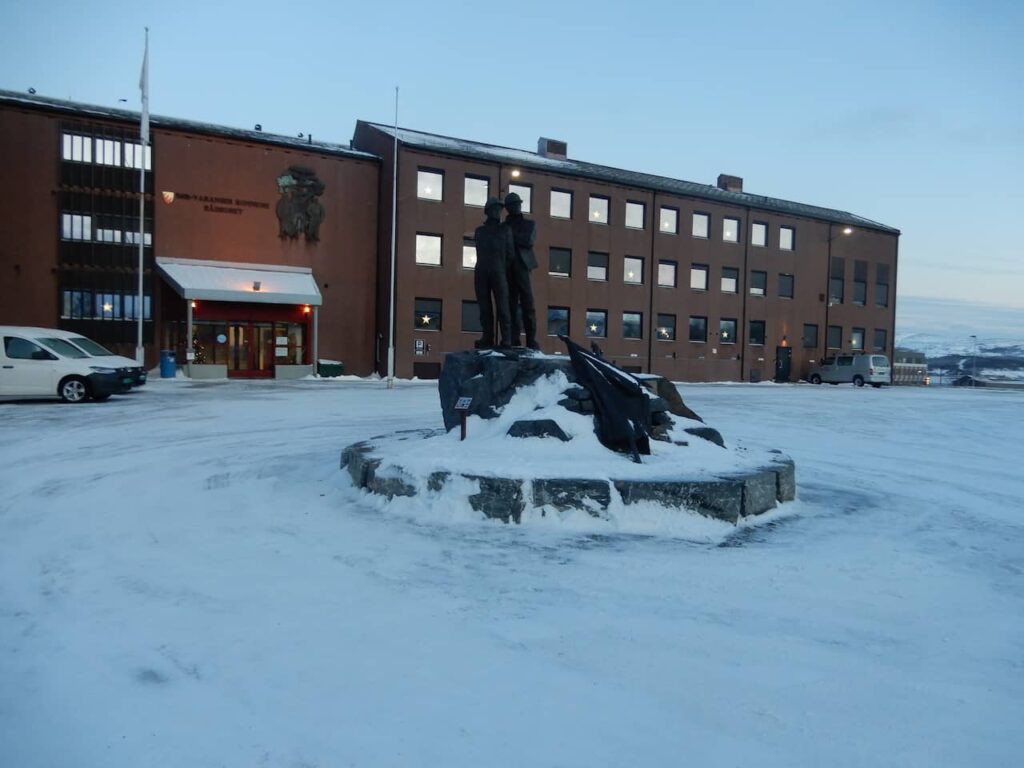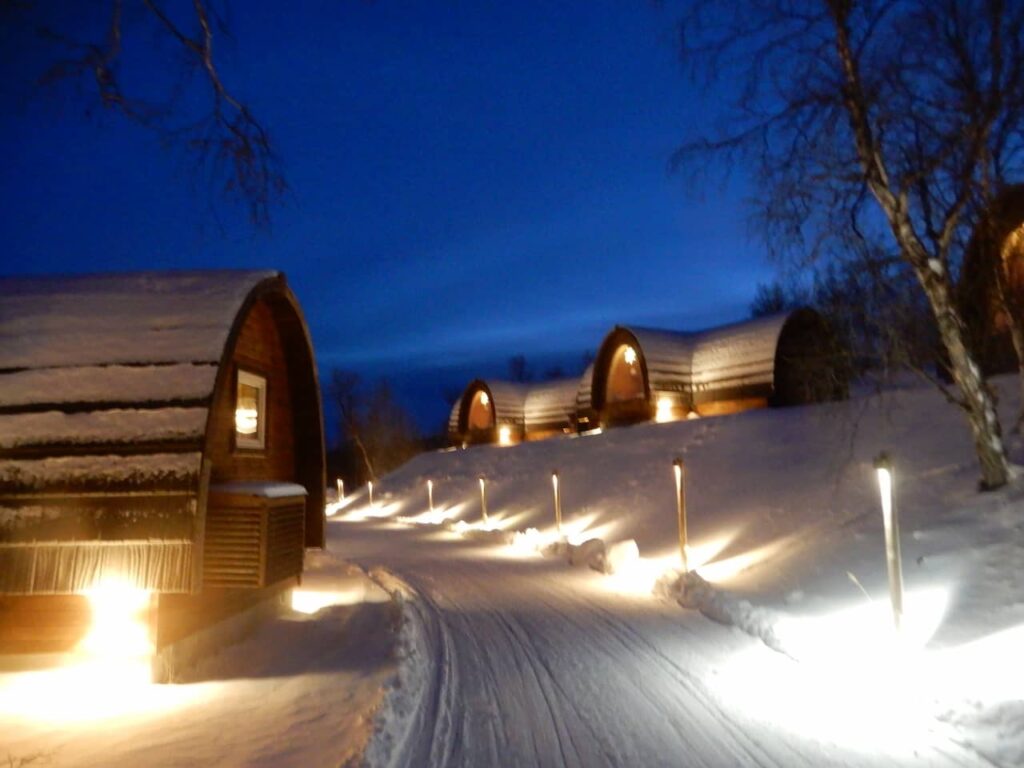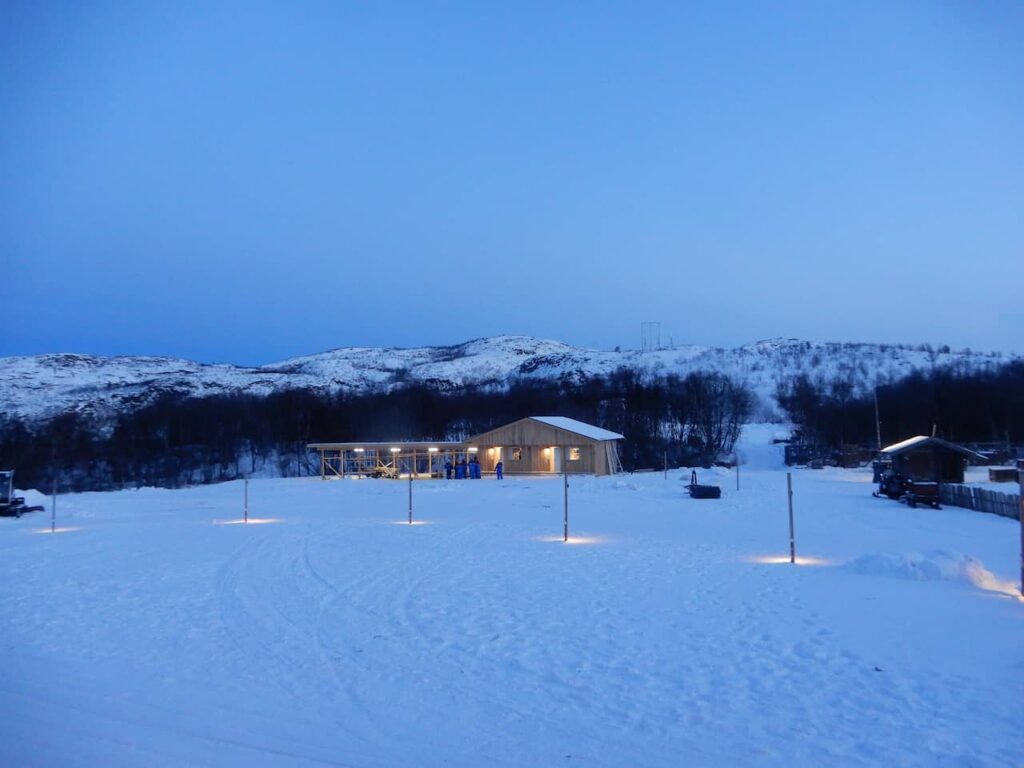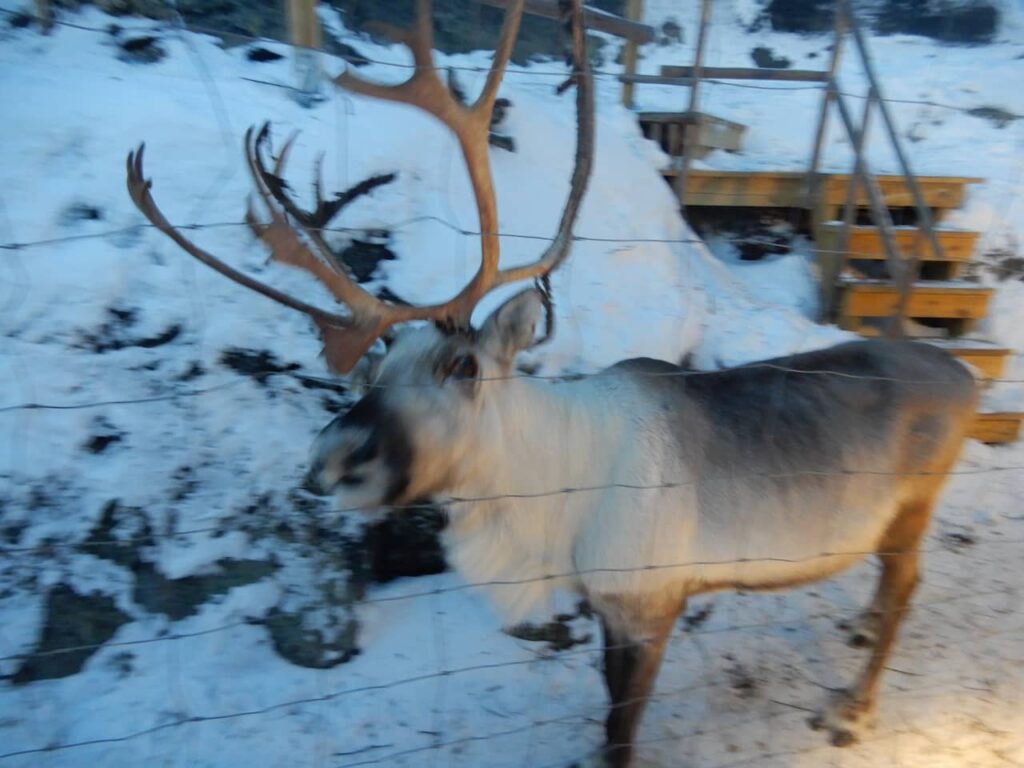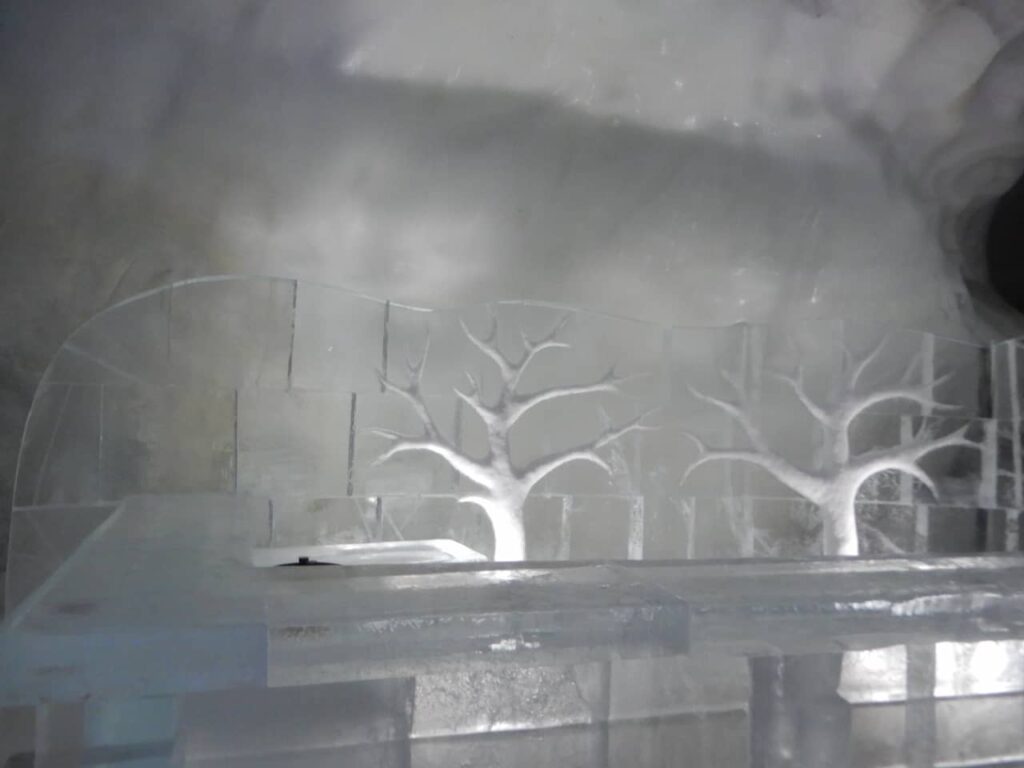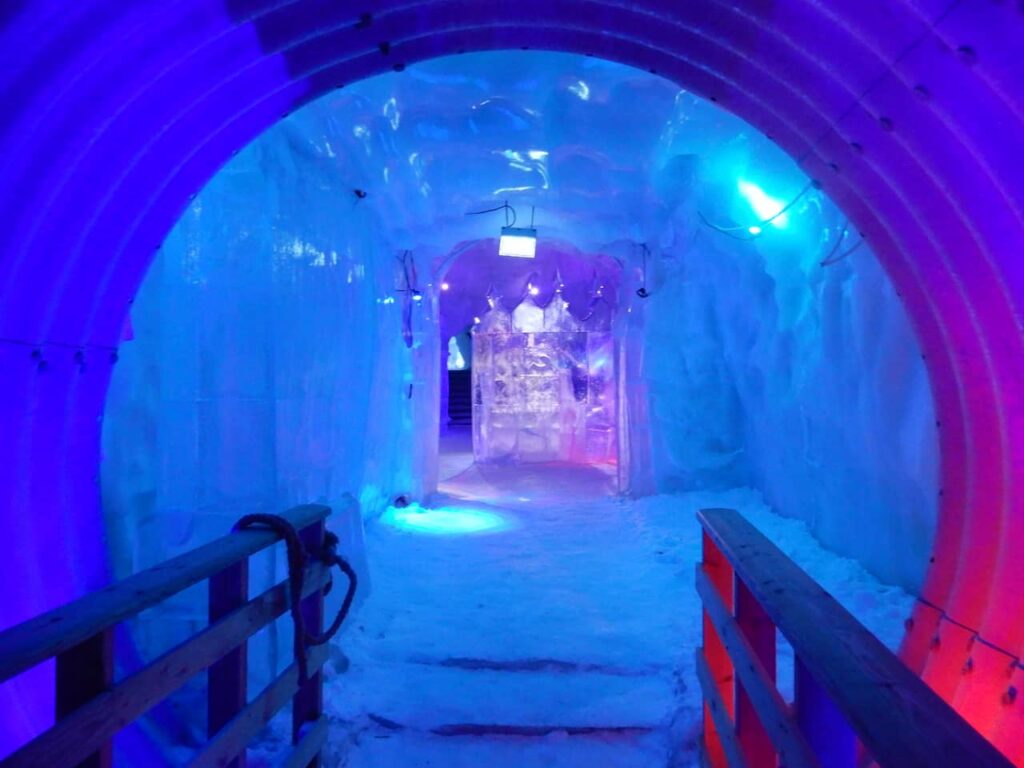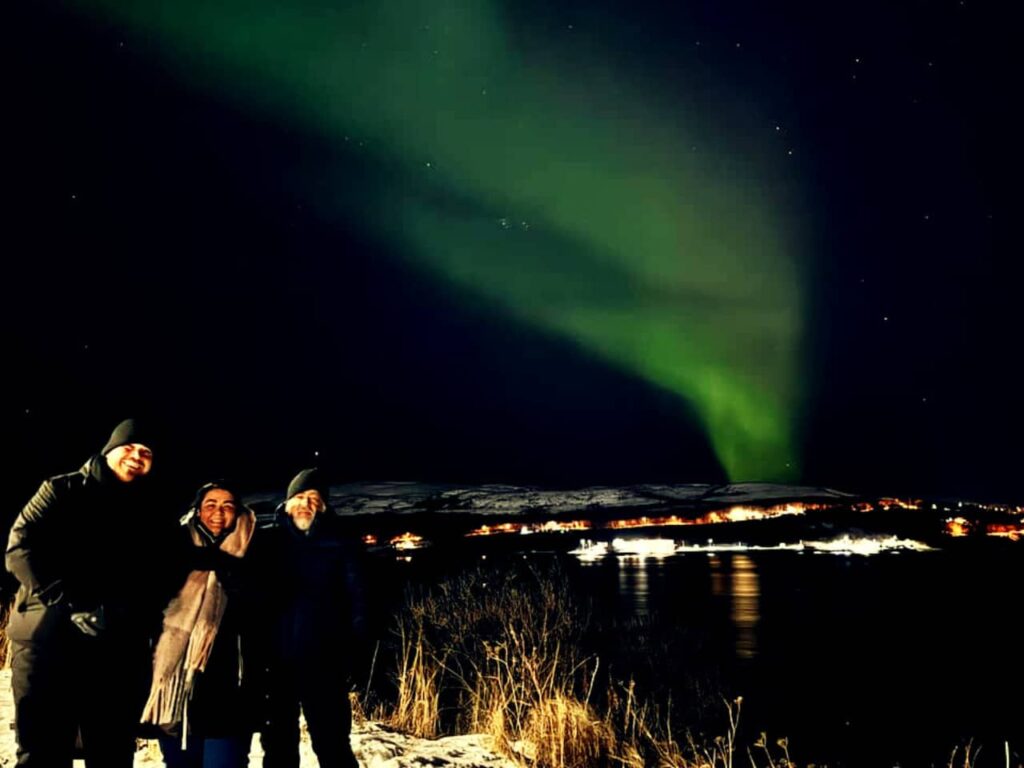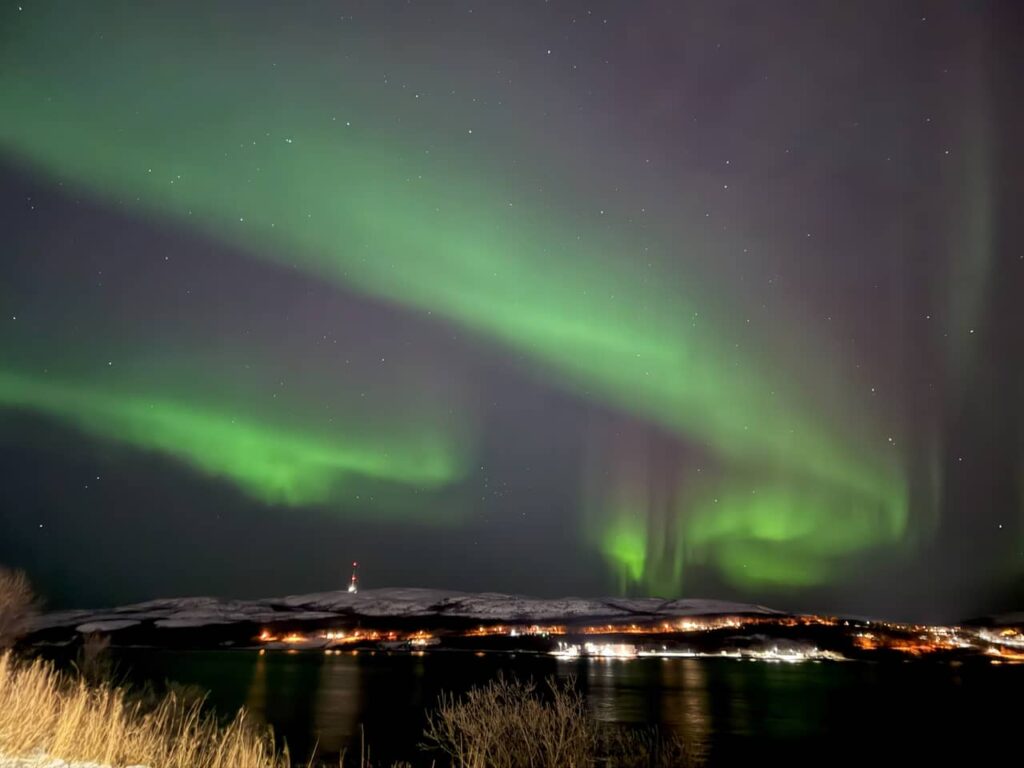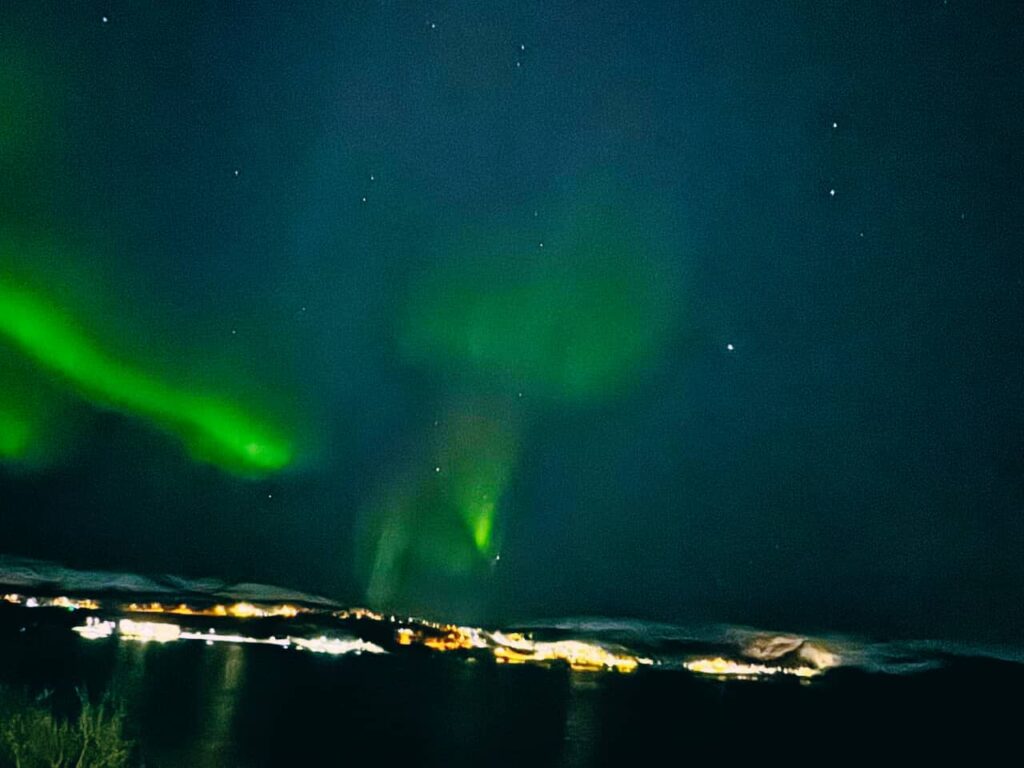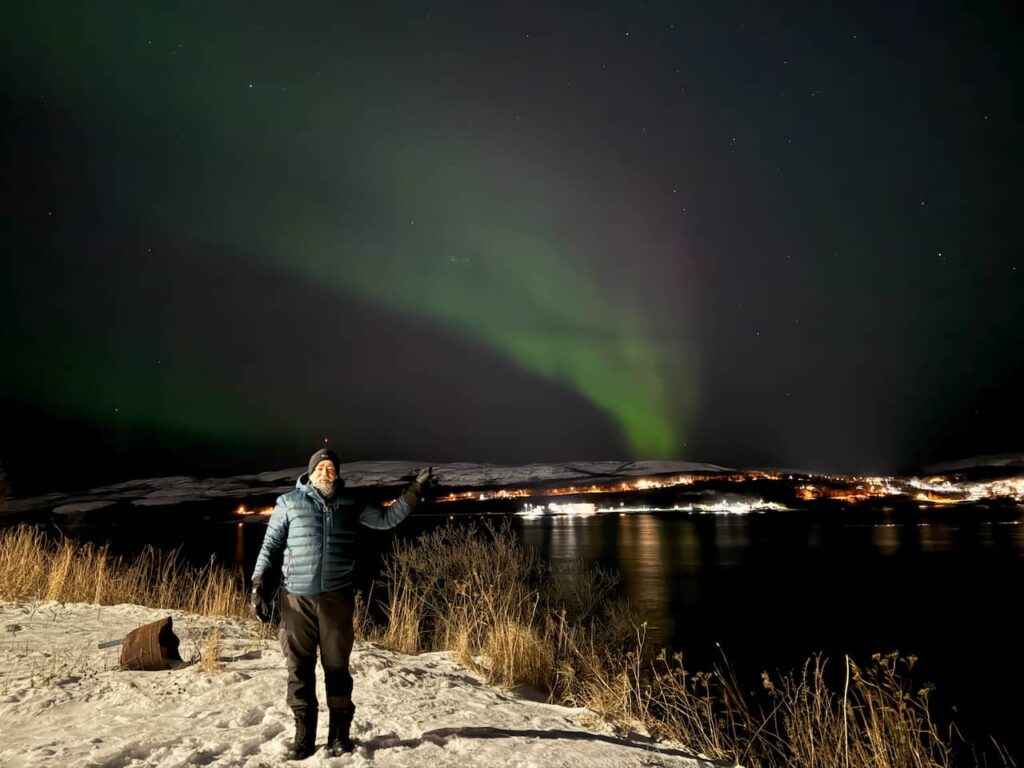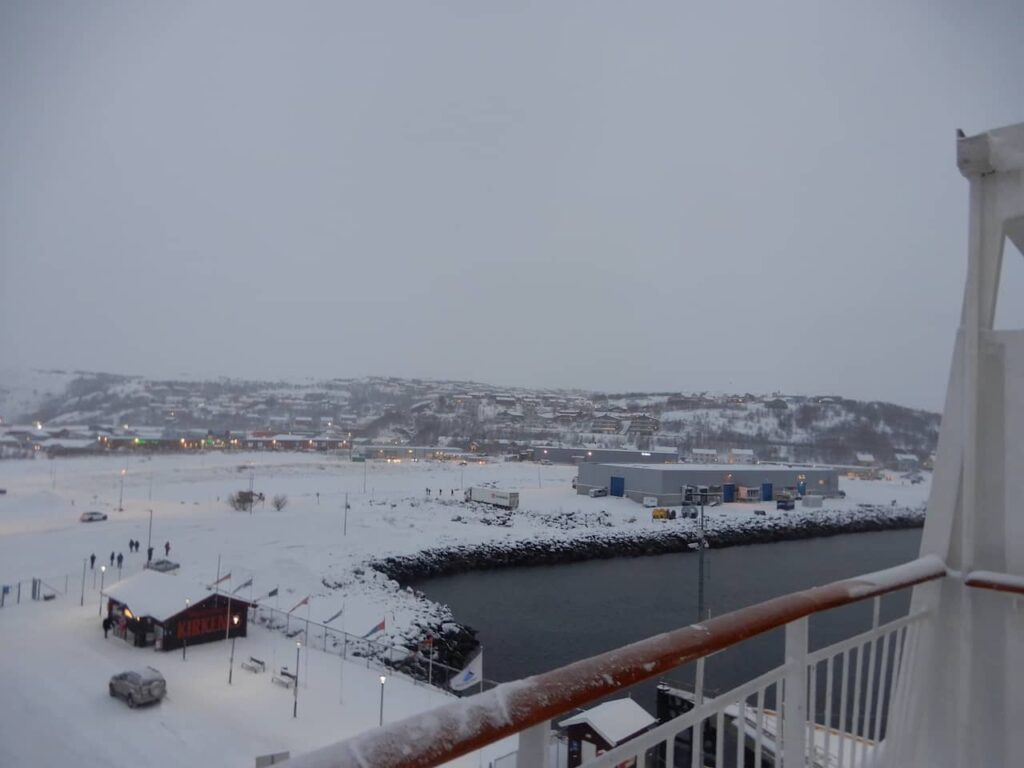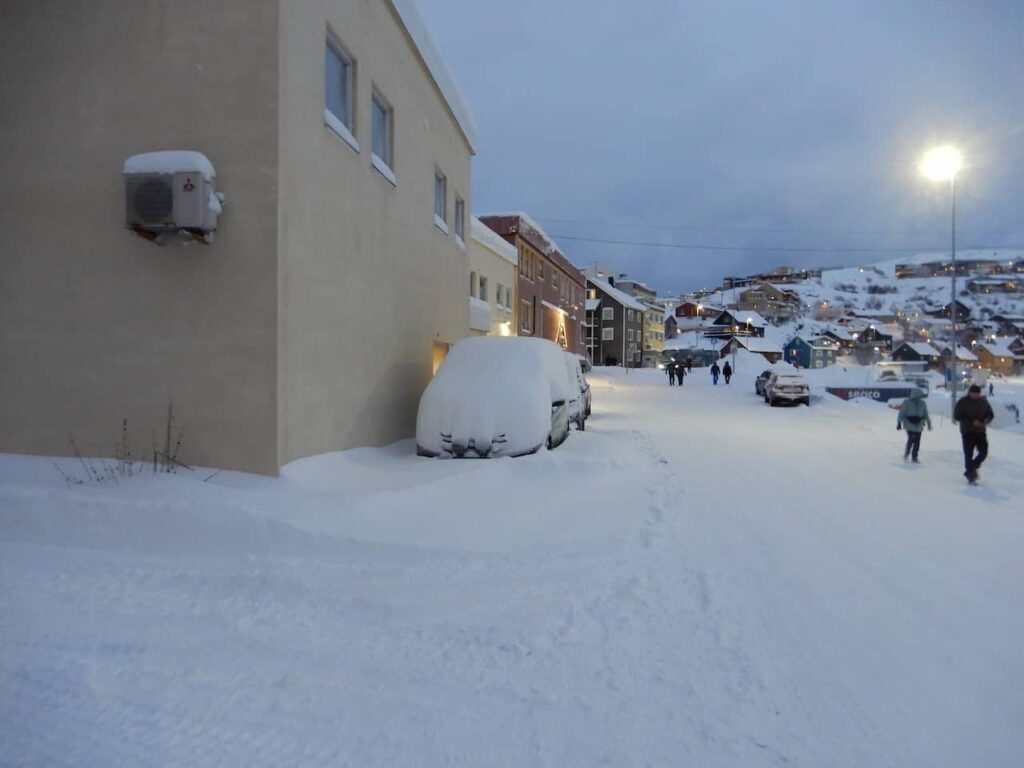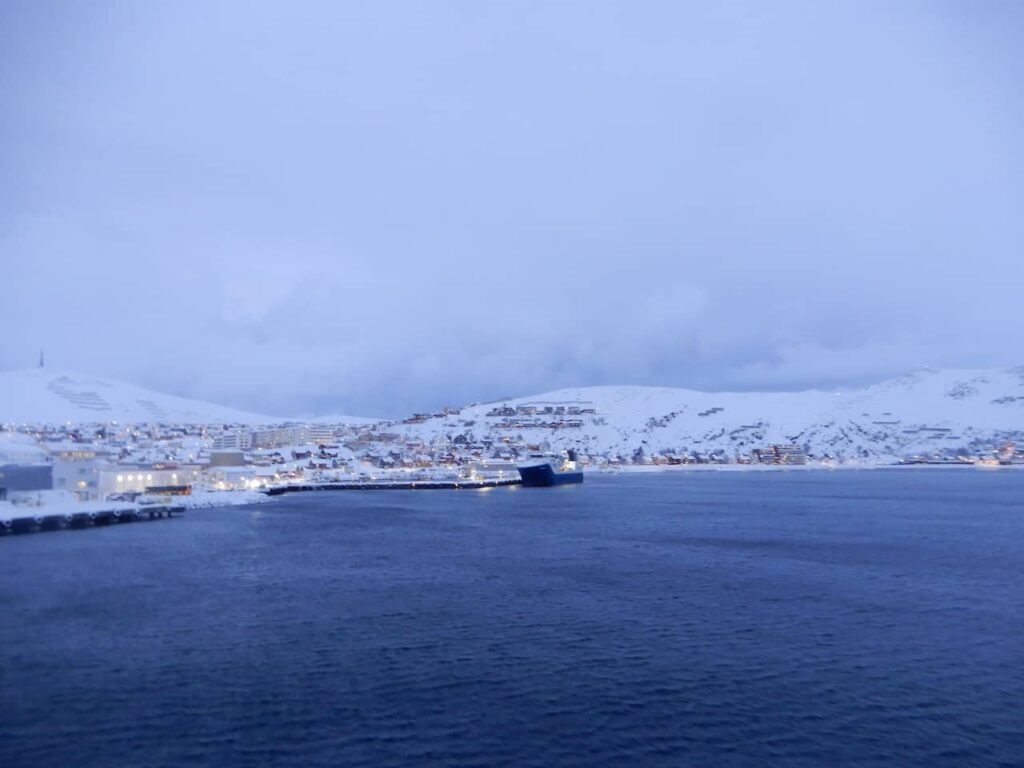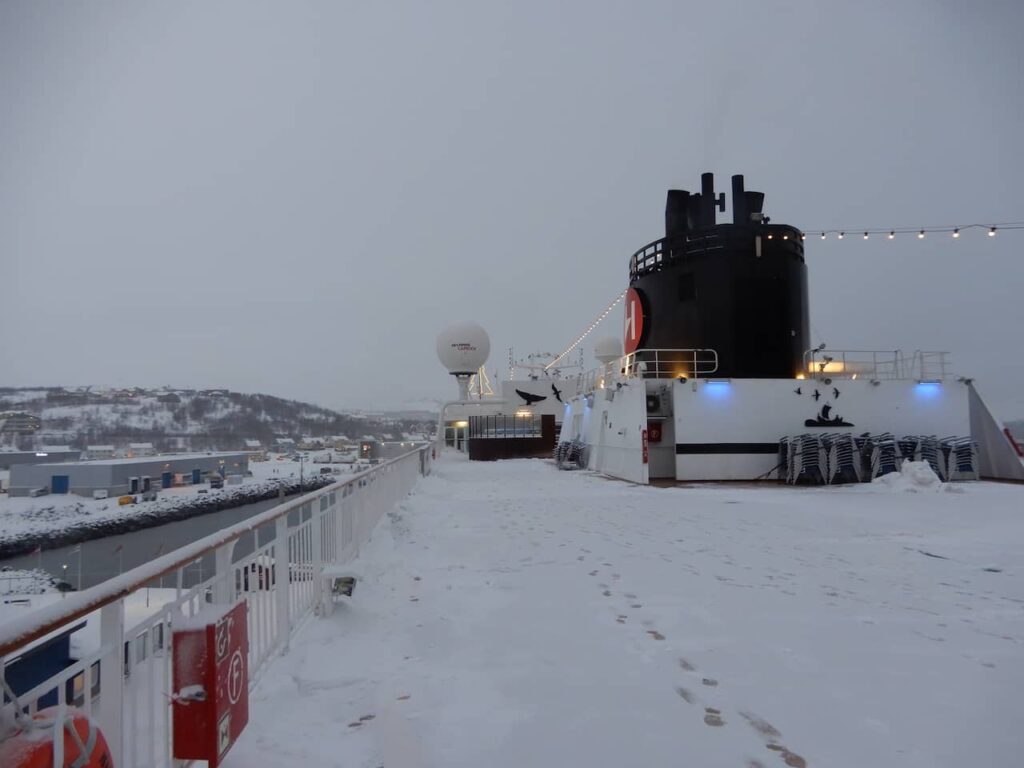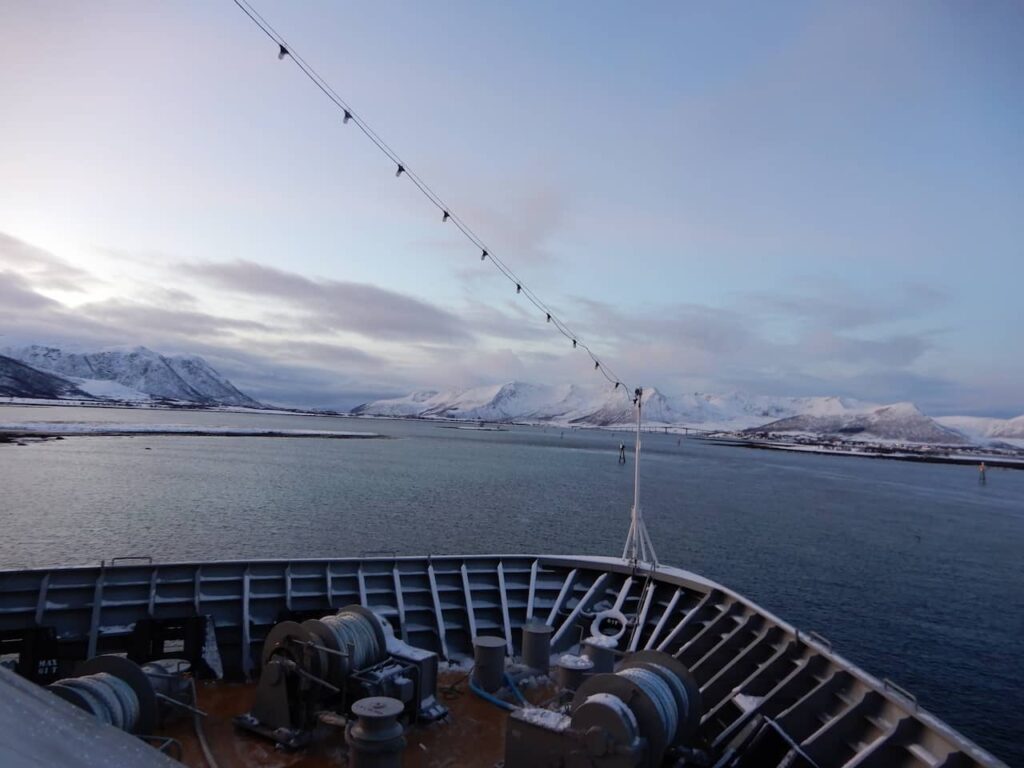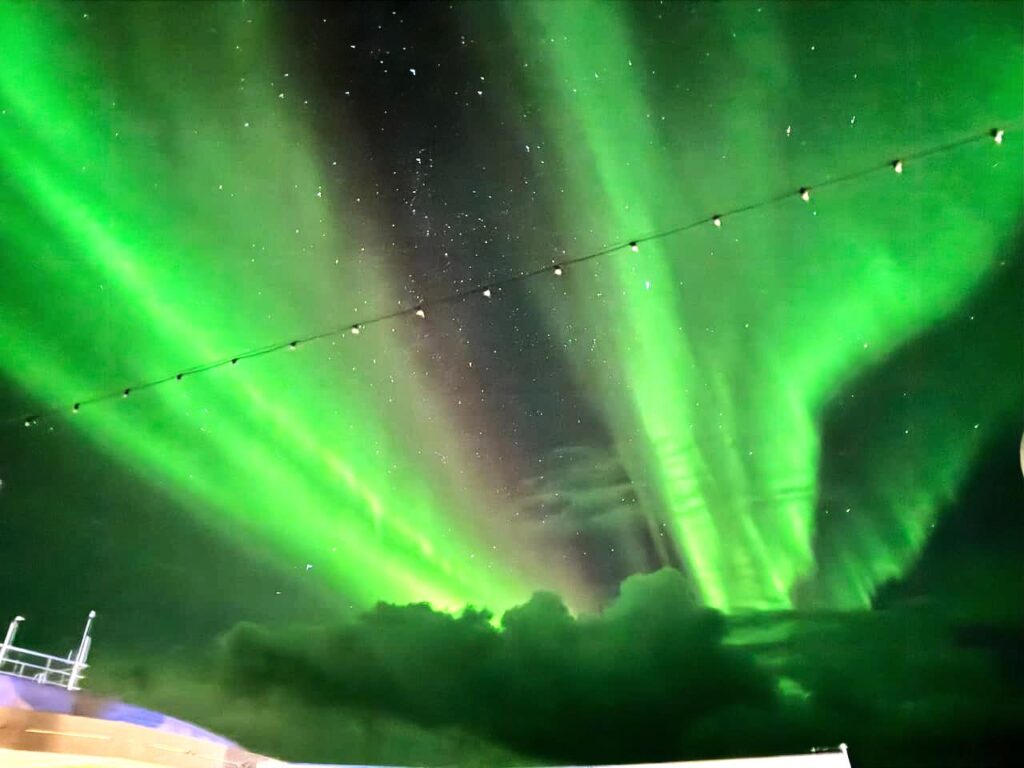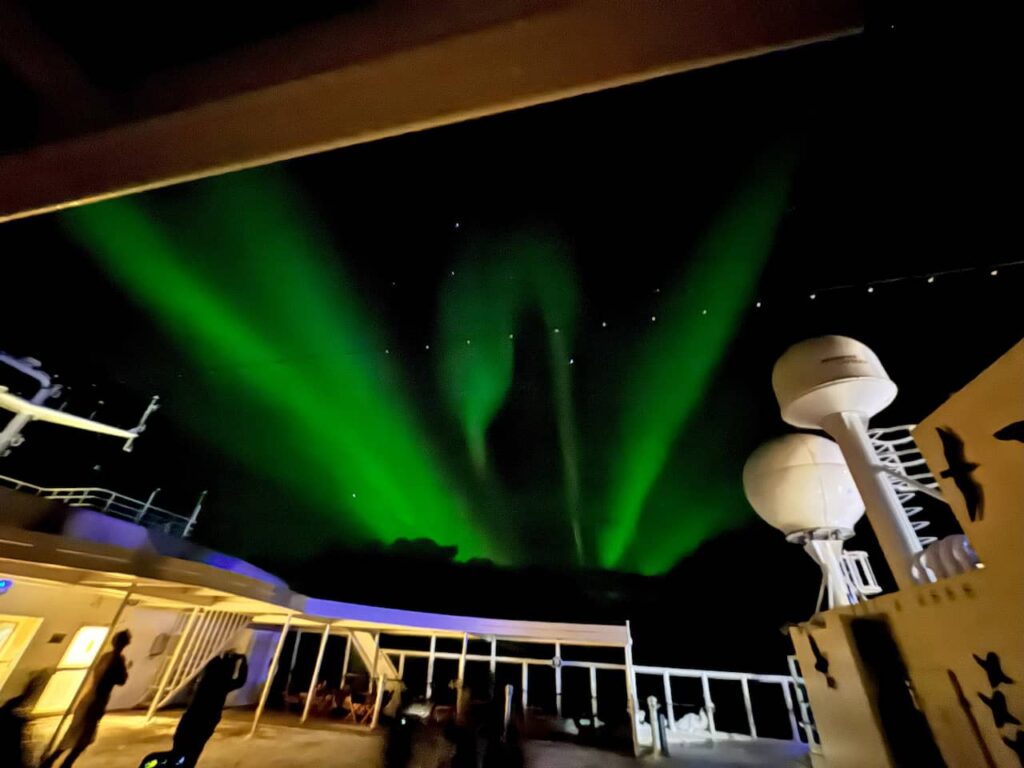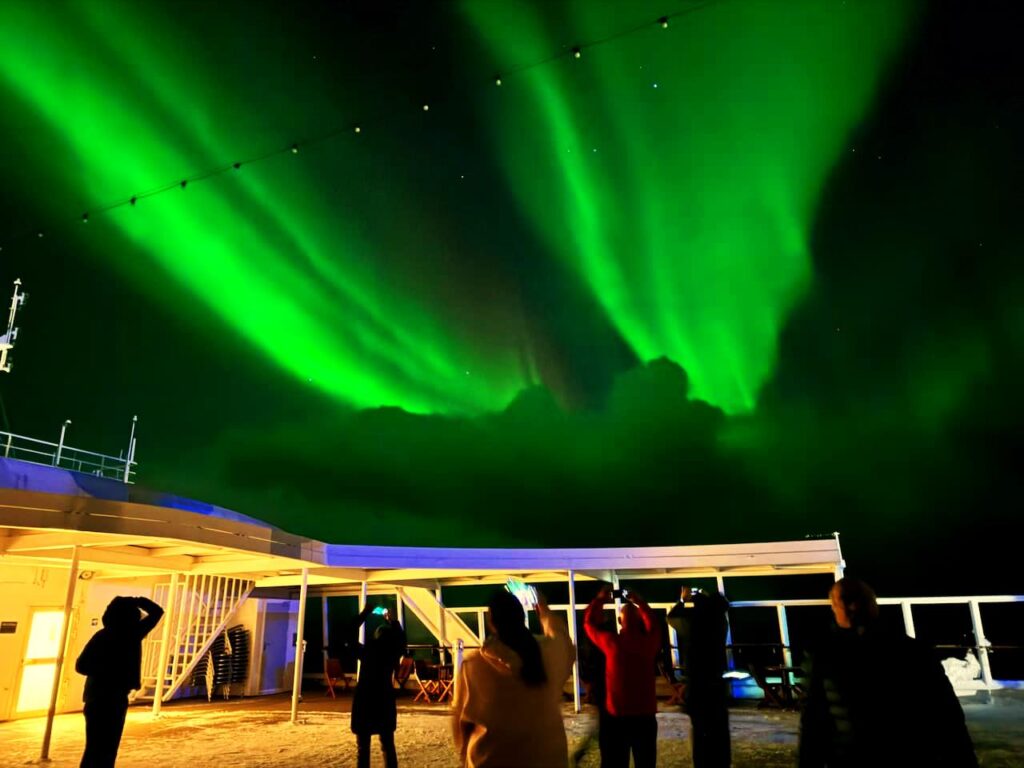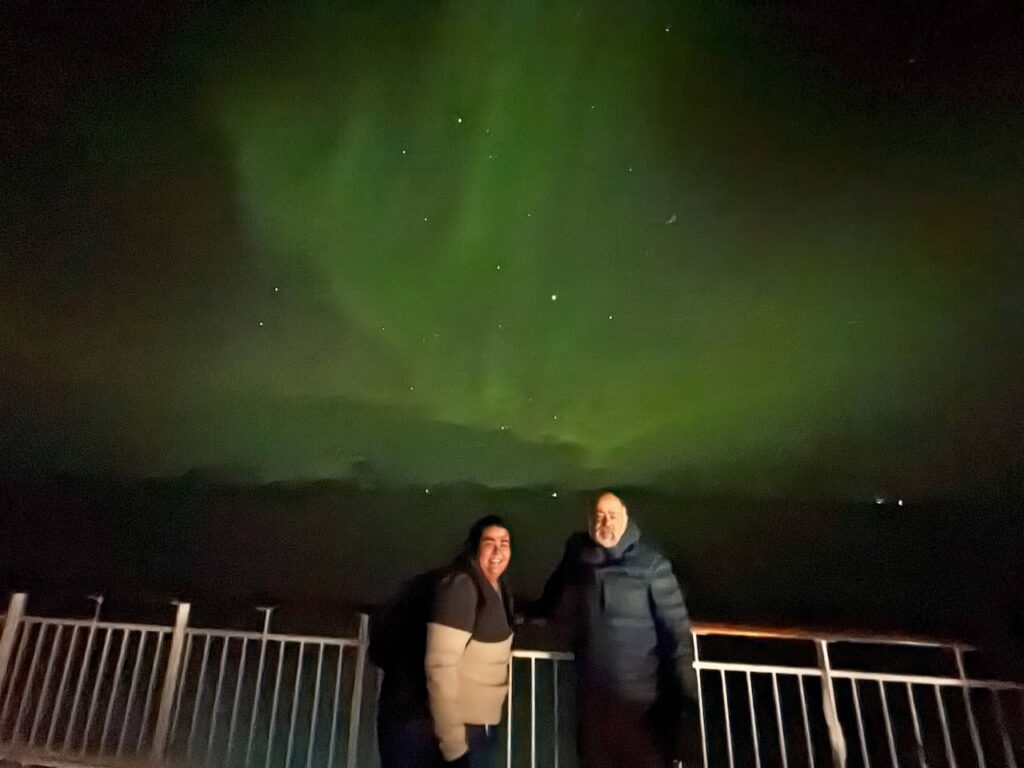Kirkenes - Norway
Kirkenes. A journey to the far north in search of the Northern Lights
Have you ever heard of Kirkenes, Norway? To be honest, before I started planning this trip, I barely knew where it was on the map. However, after doing a little more research, I discovered that visiting Kirkenes is practically like going to the end of the world — and that was exactly what sparked my irresistible curiosity.
Located in Finnmark County, in a remote and extremely cold region of Arctic Norway, Kirkenes is almost right on the border with Russia and also with Finland. Although it is a small town, with just over 3,500 inhabitants, Kirkenes offers a surprising structure for those who travel in search of different experiences. There are good hotels, cozy cafes, nice restaurants, interesting museums and, of course, the famous Snowhotel Kirkenes.
Unlike the more touristy cities in Norway, Kirkenes completely escapes the obvious. The city combines the culture of the Sami people, the strong Russian influence due to its proximity to the border, and that isolated Arctic climate that, in a way, exerts a great fascination. The landscapes are breathtaking: frozen tundra, silent fjords, snow-covered forests… And, best of all, there are no crowds around.
An adventure just to get there.
Our arrival started out as a true epic. We left Tromsø heading to Kirkenes on a flight that started out somewhat chaotic. At the airport, there was almost no information about boarding and no one was present at the gate. After some waiting, an employee appeared, but she also didn’t have much information. When the small turboprop finally landed, the passengers disembarked and we headed to boarding — walking on the runway, in -10°C — and yes, our bags were left out in the open, on the snow.
However, just when we thought everything was sorted, another setback arose: there was an extra passenger on the plane. That’s right! Since the entire process was done manually, each passenger had to be interviewed individually until they found the “extra”. After almost two hours of delay, we finally took off. Despite the bad weather, the flight went well, and the frozen view from up there was a real visual spectacle.
When we landed in Kirkenes, we found ourselves at an airport that looked more like a country bus station. There was no one at the counters. We had booked a car, but there was no service at the rental counter either. After a call, they told us that the key would be in a password box. So far so good, however, finding the car in the snow-covered parking lot was another challenge in itself.
The city of Kirkenes.
The first impression was of absolute silence. Kirkenes is, yes, a small city, but very welcoming. Its streets are quiet and are surrounded by snow-capped mountains, creating a landscape worthy of a movie. It is the kind of place where you feel completely disconnected from the world — which, in this context, was exactly what we were looking for.
Our main goal was clear: to see the Northern Lights and visit the famous ice hotel. However, we soon realized that Kirkenes had much more to offer than we had initially imagined.
A dive into history: The bunkers of World War II.
To our surprise, Kirkenes was one of the most bombed cities in Norway during World War II. We discovered this during a visit to a small local museum, which tells this little-known part of the country’s history. Although it was a quick visit, it was extremely interesting and gave an unexpected historical context to our journey.
Snowhotel and the magic of huskies.
The Snowhotel is undoubtedly one of the city’s biggest attractions. It is located just 10 minutes from the center of Kirkenes and the surrounding scenery is surreal: white tundra as far as the eye can see, absolute silence and that delightful feeling of complete isolation.
It is worth mentioning that the hotel is not entirely made of ice. There is a wing built entirely of compacted snow and ice blocks — where the rooms and corridors are located — but there are also comfortable chalets, a heated reception, a restaurant and other well-structured areas.
We went to spend the day and enjoy everything the space has to offer: huskies, reindeer and, of course, the ice hotel itself. They have about 180 huskies, and many of them are available to interact with visitors. The experience is enchanting. They act like needy and playful dogs. We had already had a previous experience with husky-pulled sleds, but this time we preferred to just play with them.
We visited the inside of the ice hotel and were impressed by the structure. Each sculpture in the rooms and hallways was more incredible than the last. Since they are redesigned every year, there is always a surprise factor for those who decide to return. In addition, the staff were extremely friendly and explained to us in detail how everything works — including how to sleep comfortably at -4°C. And yes, believe me: it is more comfortable than it looks, especially when compared to the cold outside!
GET YOUR FREE TRAVEL STARTER KIT
Enter your email and receive planning tips including a step-by-step checklist, how to pack, and more so you can plan your trip like a pro!

Continuing the hunt for the Northern Lights.
That night, we set off on another mission: hunting for the Northern Lights. One of the recommended spots was just 15 minutes from the city center. We arrived at the seaside, in a spot with a completely open view of the sky. Luckily for us, it didn’t take even five minutes for the lights to start dancing.
This was our fourth aurora — and certainly the most intense so far. The sky was completely covered in green and purple bands, constantly moving. We spent more than half an hour watching that spectacle, in a cold that, although biting, became insignificant compared to the beauty before us.
We then tried to head to a nearby mountain, hoping to find more lights, but the aurora simply disappeared. Despite this, we were happy. However, there was also a certain anxiety. Due to the bad weather, our next leg of the journey was threatened.
The wait for the Hurtigruten ship.
The big problem was that the Hurtigruten ship, the Coastal Express South, had been unable to reach Kirkenes for the past four days due to a storm. The day before we were due to set sail, we spent the night monitoring the ship’s path. At around 2am, we saw that it had crossed the worst of the storm and entered the more sheltered fjord. This gave us hope and, to our delight, it finally arrived!
Embarking towards the south of Norway.
Boarding was another small adventure. There is no passenger terminal in Kirkenes, just a stopover point for the ship. It was snowing heavily and the temperature was -10°C. The ship was delayed by more than an hour and, after arriving, we still had to wait about 40 minutes for the passengers to disembark.
We finally boarded and settled into our cabin, ready to continue our journey south.
What is the Coastal Express – South like?
Unlike traditional cruises, the Coastal Express is also a means of local transport. Therefore, the focus is not on the attractions on board, but rather on the landscapes and the experience. The ship has lounges, cafés, restaurants, as well as some excursions and presentations about local history.
Our goal on board was clear: to continue searching for the Northern Lights and, at the same time, contemplate the Norwegian fjords. However, on the very first day, we were warned that we would face one of the most difficult parts of the journey — open sea, without the protection of the fjords and forecast of waves of up to 4 meters.
Without a doubt, this was the most difficult night of the journey. The boat was rocking so much that I felt very sick. Furthermore, since it was in the dark, we could barely see the fjords. However, in some ports, the ship made long stops, which allowed us to disembark and quickly explore small towns.
The last aurora of the trip.
On the second night on board, we received an alert: the aurora borealis was in sight! We ran to the upper deck and were treated to the most beautiful spectacle of the entire trip. This was our fifth aurora — and the most intense. The sky seemed to be on fire, in a colorful ballet that lasted about 50 minutes. Little did we know that it would be the last.
On the fourth day, we crossed the Arctic Circle heading south and, with that, left the aurora borealis zone behind.
The return of light.
After ten days without seeing the sun, the light finally returned. Seeing the sun rising between the fjords was exciting and gave us new energy to continue. The landscapes took on a new life, and we were able to contemplate the beauty of the Norwegian coast with greater clarity.
Arrival in Bergen.
And so, after an intense journey, full of challenges, surprises and unforgettable landscapes, we arrived in Bergen. Our hearts were full of memories — and our cameras were full of spectacular photos. The hunt for the Northern Lights was over, but the experience we had in the Arctic will certainly be remembered forever.

